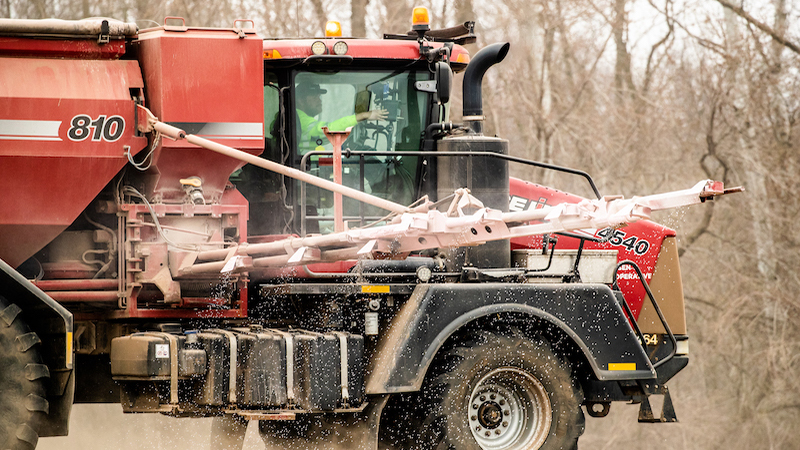Goss’ Bacterial Wilt Moves To Indiana
It doesn’t get a lot of fanfare, but Goss’ bacterial wilt is a concern for corn growers. The disease, which infects susceptible varieties of sweet corn, popcorn, and hybrid corn, was recently confirmed in northern Indiana by Purdue University’s Plant and Pest Diagnostic Laboratory.
The confirmed samples are from popcorn and hybrid corn fields in Pulaski County. The disease is common throughout the Midwest in limited areas and years and is currently only confirmed in the one Indiana county. Kiersten Wise, Purdue Extension field crops disease specialist and other specialists believe that early hailstorms and recent heavy rains and windstorms likely contributed to the infection and dispersal of Goss’ wilt in Indiana fields.
This is not a concern for consumers and has no impact on food safety, but it is more of a concern for producers, Wise says. There also may be implications for infected grain that’s scheduled to be exported.
Philip Marshall, director of Indiana Department of Natural Resources’ Entomology and Plant Pathology Division, says his staff is reviewing the phytosanitary requirements for certificates required for export.
"We don’t know how much impact the bacteria will have on the corn crop in this area because we don’t know what kind of resistance hybrids grown in Indiana have," Wise says. "Additional hail storms and wind-driven rain could spread Goss’ bacterial wilt locally; however, it’s a very manageable disease."
The disease, first discovered in Nebraska and caused by a subspecies of the bacterium Clavibacter michiganensis, is characterized by distinct light tan to gray lesions filled with dark specks.
"Lesions will often appear shiny due to bacteria oozing on the leaf surface," Wise says. "Blighted areas are common in susceptible varieties and can be confused with drought stress. The dark flecking and shiny areas within lesions distinguish Goss’ wilt from other bacterial diseases.”
The disease infects the plant’s vascular tissue, causing a systemic infection that can lead to wilting and stalk degradation. The infected tissue appears orange to brown in color. Wise says unlike Stewart’s wilt, Goss’ wilt does not rely on insects for disease transmission, but is both seedborne and seed transmitted. The plant has to have wounds for dispersal, she said.
"Once seed to seedling transmission occurs, disease spreads in areas that have experienced hail damage or wind-driven rain," Wise says. "It’s important that farmers recognize and identify this disease as a bacterial disease because fungicides will not control it.”
Because the disease can live in infected corn residues on the soil surface, growers with infected fields need to use tillage to break down the residue and incorporate it into the soil, she said. The affected field also should be rotated to a different crop from this year’s.
Visit www.ianrpubs.unl.edu/epublic/live/g1675/build/g1675.pdf for more information on Goss’ bacterial wilt.






